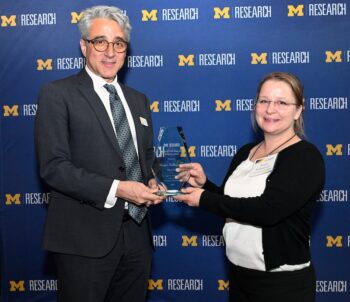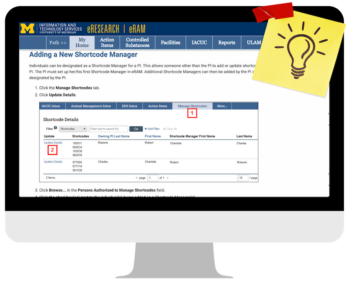ULAM Welcomes New Faculty Member, Three New Veterinary Residents
The Unit for Laboratory Animal Medicine (ULAM) recently welcomed a new faculty member and three new veterinary residents. ULAM Faculty Member Stephanie Yang, DVM, MPH Stephanie Yang, DVM, MPH, joined ULAM as a Faculty Veterinarian on July 8, 2024, after completing her postdoctoral residency fellowship with ULAM and the U-M. Dr. Yang obtained her undergraduate ...











